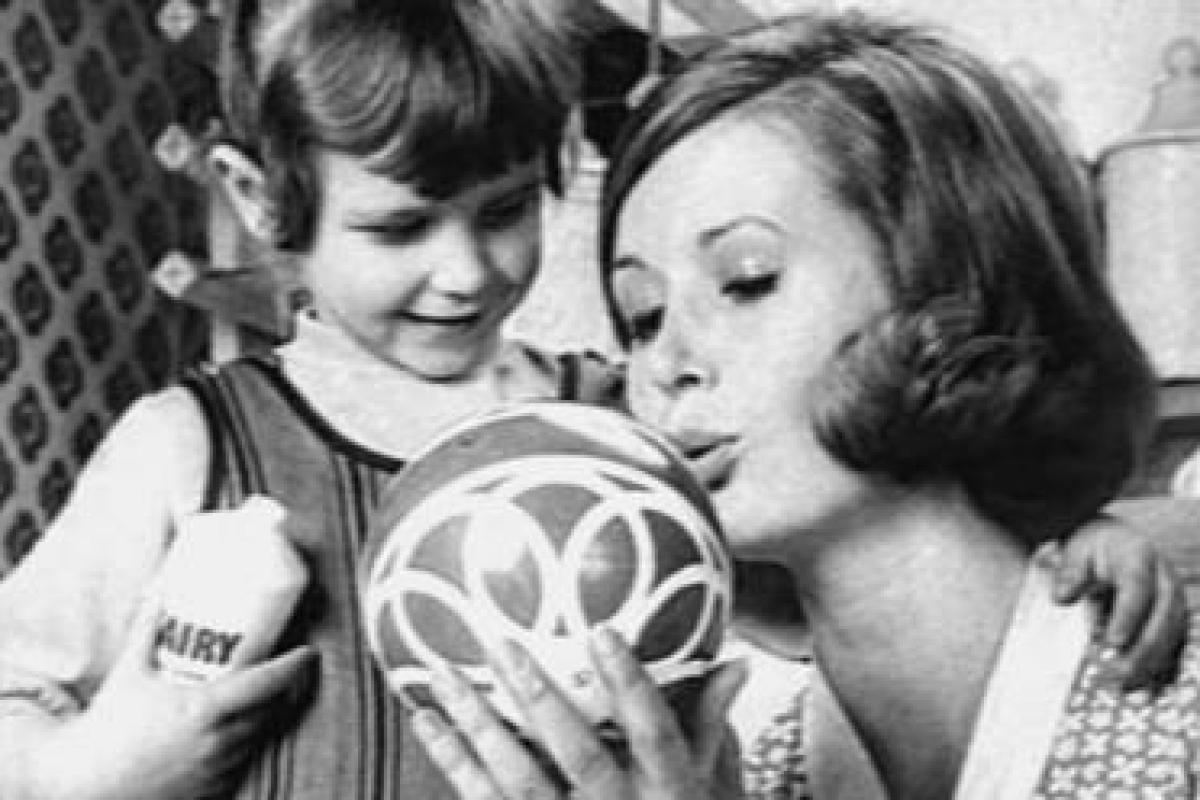One of my favourite epigrams on branding is this: Brands become myths by telling the truth. The idea is a subtle one and in light of the recent Fairy Liquid versus Persil washing-up liquid dispute on superior plate washing performance, requires some explanation.
The paradox can only be explained by distinguishing between two types of truth – literal, functional, measurable truth and emotional truth. A product has the potential to acquire mythical brand status if the emotional truth it appropriates reflects its functional performance and the whole package resonates with consumers. This element of myth could be thought of as the brand equity. In other words, it is the value consumers place above and beyond the sheer functional performance that commands premium pricing, compared to a commodity version. Take some of the old brands that have appropriated emotional truths to their advantage: Mr Kipling cakes (the myth of the old fashioned baker); After Eight (the myth of elegance of the upper-class dinner party) and (ironically) Persil washing powder with its appropriation of material love and caring. Newer brands such as Nike, Red Bull, Nurofen, Innocent and many others have achieved the same effect.
A critical point here is that all of these brands perform superbly at a functional level.
The cakes of Mr Kipling are (or were at any rate) better than existing bought cakes; the slim chocolate mints of After Eight were unique in the category; Persil was a soap powder and therefore softer on fabrics than Ariel bio at the time. Red Bull does give an energy boost and Innocent is pure. The significance is that none of these brands have ever chosen to tell ingredients stories, preferring to anchor their equity in more enduring emotional values – which could be thought of as metaphors for the brand. P&G’s Pampers is a case history of a P&G brand having a Damascene conversion from a functional ‘dryness’ strategy’ to a maternal concern positioning.
I don’t know any more about the Fairy Liquid vs. Persil plate count saga than what I have read in the press but it left me wondering how Unilever could have failed to do its homework. Or perhaps the test wasn’t quite as clear cut as Which presented it. Either way Persil loses. And in this hole they should probably stop digging: because of the sheer measurability of the functional superiority of Fairy, Persil loses badly. This might lead other brand owners to follow a more functional comparison route in their brand positioning – however this would be a mistake.
My recollection is that the plate count campaign was a tactical campaign against own label: more expensive but lasts longer. Deployed against a major branded competitor, it is lethal. But the real point – and the link to my epigram – is that Fairy Liquid has a long history of sentimental advertising. ‘Hands that do dishes can be soft as our face’, small children with mum gathered round sinks in kitchens etc. And of course, like all P&G brands, Fairy Liquid is a superior product which underpins this positioning.
But history shows that a position that relies entirely on a competitive ingredient story rarely has the lasting power of an emotionally grounded position, reinforced year after year. Pursue tactical campaigns by all means when appropriate, but anchor them in a larger, richer emotional base.
Find the emotional truth of your brand and build from there.
Read more from Judie.
